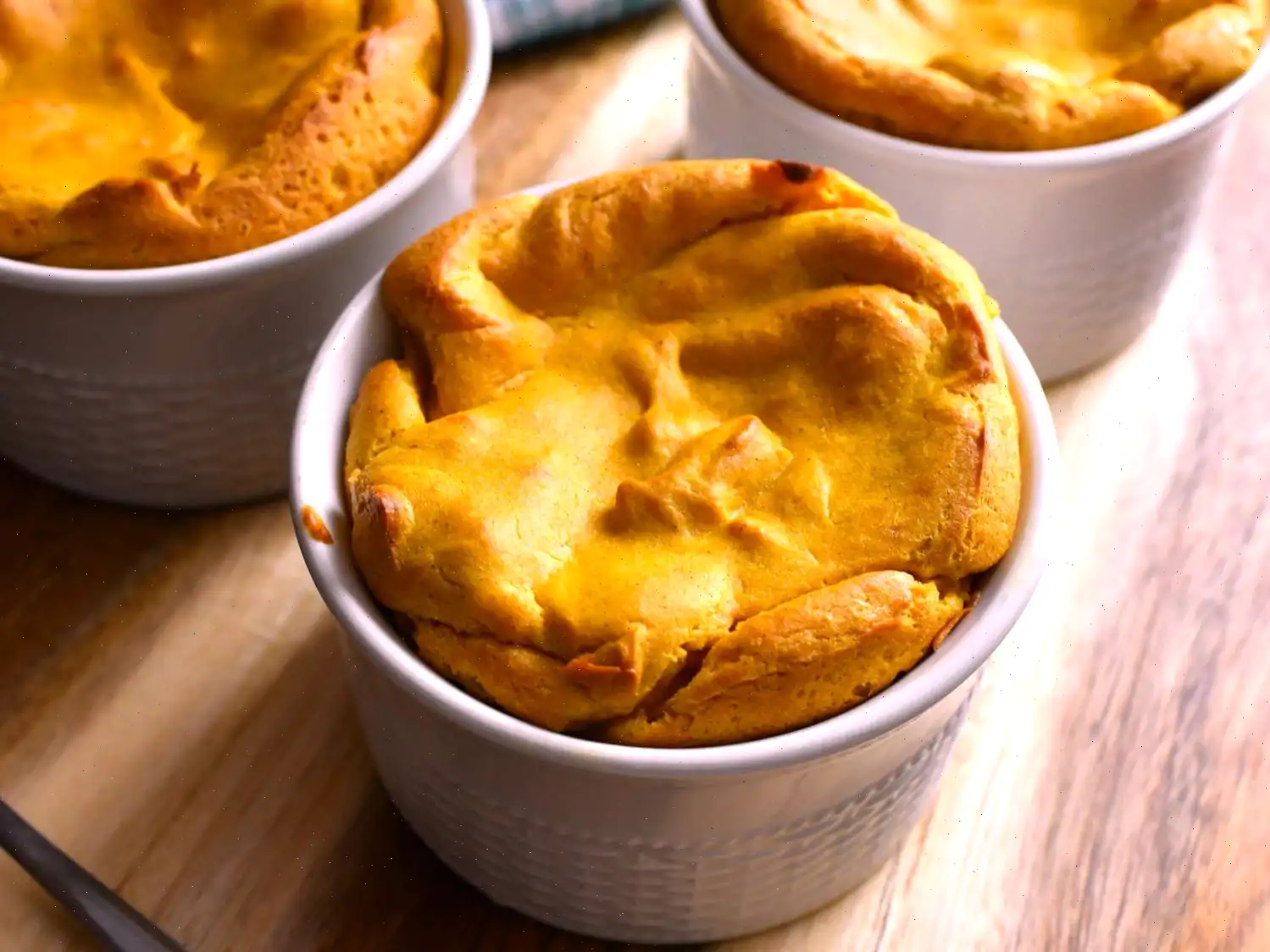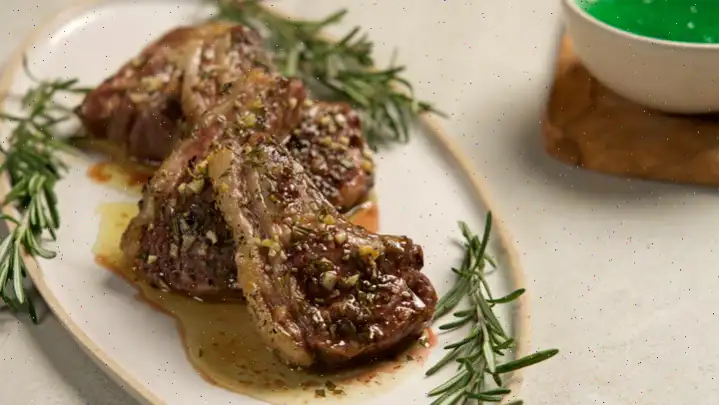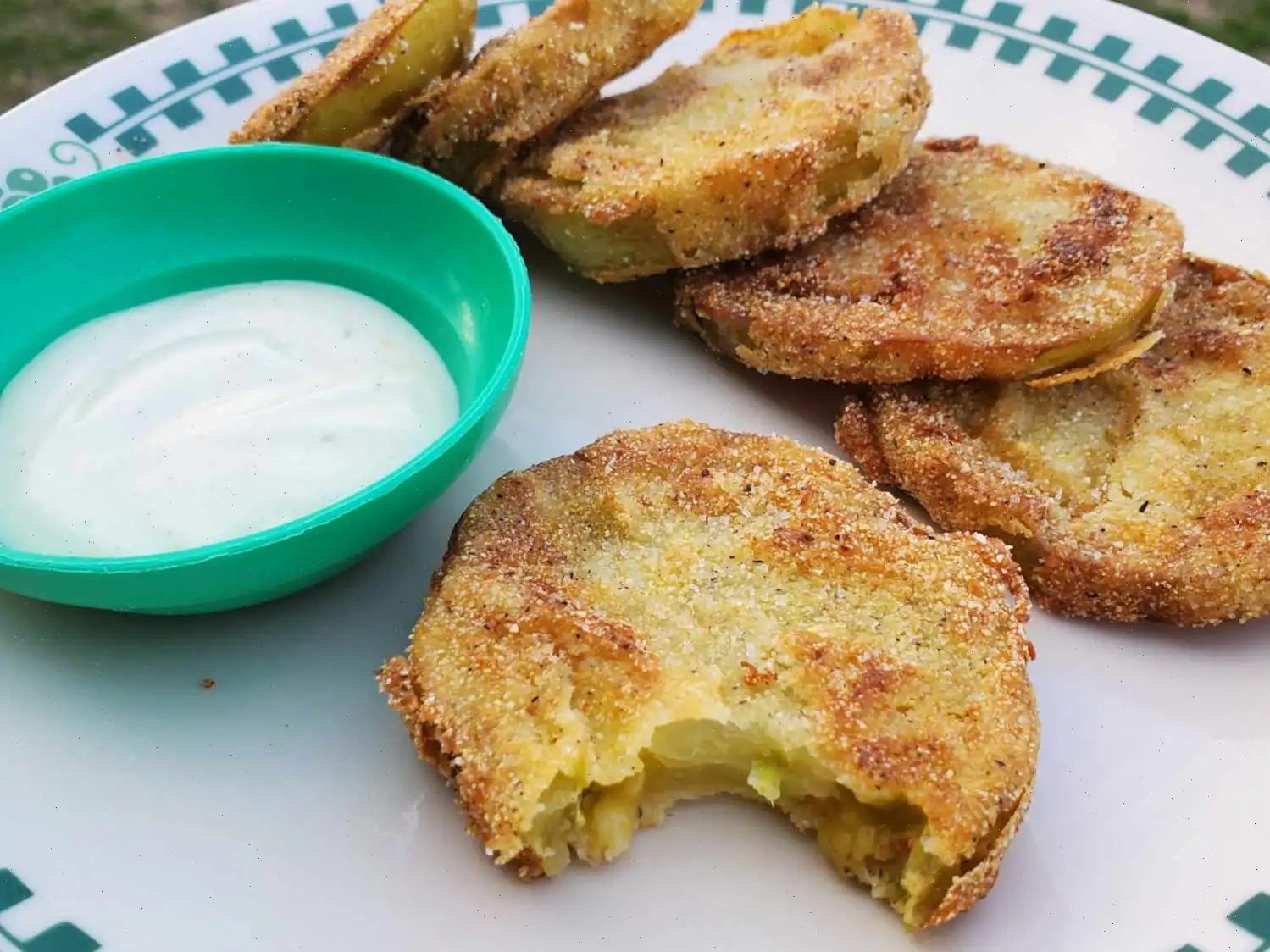
Polpette (Italian Meatballs) Recipe
Ingredients:
- 1 pound ground sweet Italian pork sausage
- 1 pound ground beef
- 2/3 cup minced shallot
- 1/2 cup freshly grated Parmesan cheese, plus more for serving
- 1/4 cup Italian seasoned breadcrumbs
- 3 large eggs, lightly beaten
- 1/2 cup whole milk
- 1/2 teaspoon freshly ground black pepper
- 1 cup water
- 2 (24-ounce) jars tomato pure
- 5 cloves garlic, minced
- 1 teaspoon Italian herb seasoning blend
- Salt to taste
- 2 tablespoons extra virgin olive oil, or as needed
- Fresh basil leaves
Directions:
- In a large bowl, combine the ground sausage, beef, minced shallot, Parmesan cheese, and breadcrumbs. Using a wooden spoon, break up the meat and mix the ingredients roughly.
- Stir in the beaten eggs, milk, and black pepper. Use your hands to combine all ingredients thoroughly.
- Preheat the oven to 400F (200C). Line a baking sheet with parchment paper or aluminum foil for easy cleanup.
- Fill a shallow bowl with water and moisten your fingertips and palms. Shape the meatball mixture into approximately 40 ping-pong ball-sized meatballs and place them on the prepared sheet. If your hands get sticky, dip them into the water to prevent the mixture from sticking.
- Place the sheet pan in the oven and bake the meatballs for about 20 minutes, or until they are lightly browned on the outside and slightly undercooked in the center. If your meatballs are larger, adjust the cooking time accordingly.
- Meanwhile, in a large saucepot or Dutch oven, pour the tomato pure over medium-low heat. Stir in the minced garlic and Italian seasoning blend. Taste the sauce and adjust the seasoning, adding salt if necessary.
- Once the sauce begins to bubble gently, add the baked meatballs to the pot. Stir carefully, making sure to coat all the meatballs with the sauce. Let them simmer on low heat for about 20 minutes, uncovered.
- To serve, transfer the meatballs and sauce to a plate. Drizzle with extra virgin olive oil, garnish with fresh basil leaves, and sprinkle with additional Parmesan cheese if desired.
Cook's Note: No salt is added to the meatball mixture since the sausage, seasoned breadcrumbs, and Parmesan already contribute enough salt. Taste the final dish and add salt if needed.
Nutrition Facts (per serving):
- Calories: 371
- Fat: 20g (26% Daily Value)
- Saturated Fat: 7g (35% Daily Value)
- Cholesterol: 132mg (44% Daily Value)
- Sodium: 368mg (16% Daily Value)
- Total Carbohydrates: 23g (8% Daily Value)
- Dietary Fiber: 4g (14% Daily Value)
- Total Sugars: 11g
- Protein: 26g (51% Daily Value)
- Vitamin C: 20mg (22% Daily Value)
- Calcium: 148mg (11% Daily Value)
- Iron: 6mg (31% Daily Value)
- Potassium: 1112mg (24% Daily Value)
* Percent Daily Values are based on a 2,000 calorie diet. Your daily values may be higher or lower depending on your calorie needs.
The Story Behind Polpette
Polpette, the beloved Italian meatballs, have a rich history dating back to the Middle Ages. Originally, they were a practical way to use leftover meat, combined with bread, cheese, and herbs to create a nutritious and flavorful dish. Over centuries, polpette evolved from a humble household staple into a celebrated component of Italian cuisine, with families passing down their unique recipes from generation to generation. The dish symbolizes comfort, resourcefulness, and the Italian tradition of transforming simple ingredients into culinary delights.
Regional Variations Across Italy
While polpette are enjoyed throughout Italy, regional differences highlight local tastes and ingredients. In Southern Italy, they often include ricotta or Pecorino cheese and are sometimes cooked in rich tomato sauces. Northern regions might favor a mixture of veal, pork, and breadcrumbs soaked in milk, creating a lighter texture. Herbs and spices vary as well; basil, parsley, and garlic are common throughout, but subtle adjustments reflect local flavor preferences. These regional nuances make every polpette recipe distinct, offering a taste of Italian culture with each bite.
How Polpette Differ from Similar Dishes
Although meatballs exist in many cuisines, Italian polpette are unique in several ways. Unlike the Swedish kttbullar or American meatballs often served over pasta, polpette in Italy are versatile: they can be served as a main dish, an appetizer, or even in soups. Italian meatballs typically use a combination of meats and cheese for depth of flavor, and they are often baked before simmering in a tomato-based sauce, which ensures a tender, moist texture. This combination of baking and simmering sets polpette apart from other international meatball varieties.
Where Polpette Are Typically Served
Polpette are a staple in Italian homes and trattorias alike. They are commonly served during family gatherings, festive celebrations, and Sunday lunches. In restaurants, they might appear as a first course, accompanied by crusty bread, or as a hearty main dish with pasta or polenta. Street vendors in some regions also offer smaller versions as snacks or finger foods. The dishs versatility allows it to be enjoyed in casual settings or as part of a more formal dining experience.
Interesting Facts About Polpette
- The word polpette comes from the Italian term polpa, meaning pulp or flesh, referring to the ground meat used in the dish.
- Contrary to popular American belief, in Italy, polpette are not traditionally served over spaghetti.
- Classic recipes often call for soaking breadcrumbs in milk, a technique that keeps meatballs tender and juicy.
- In some Italian regions, polpette are prepared with leftover bread and even vegetables, making them a resourceful and sustainable dish.
- Each Italian family often has its secret twist, whether its the addition of a specific herb, a type of cheese, or a regional sausage, making every version of polpette unique.
You can listen to this recipe in AI audio format. Simply click the play button below to listen to the content in a format that suits you best. It’s a great way to absorb information on the go!
FAQ about Polpette (Italian Meatballs) Recipe
Comments
Richard Allen
11/04/2023 08:55:59 AM
Spray aluminum foil with cooking spray to prevent polpettes from sticking.
William Scott
07/31/2022 04:53:09 AM
Great!








